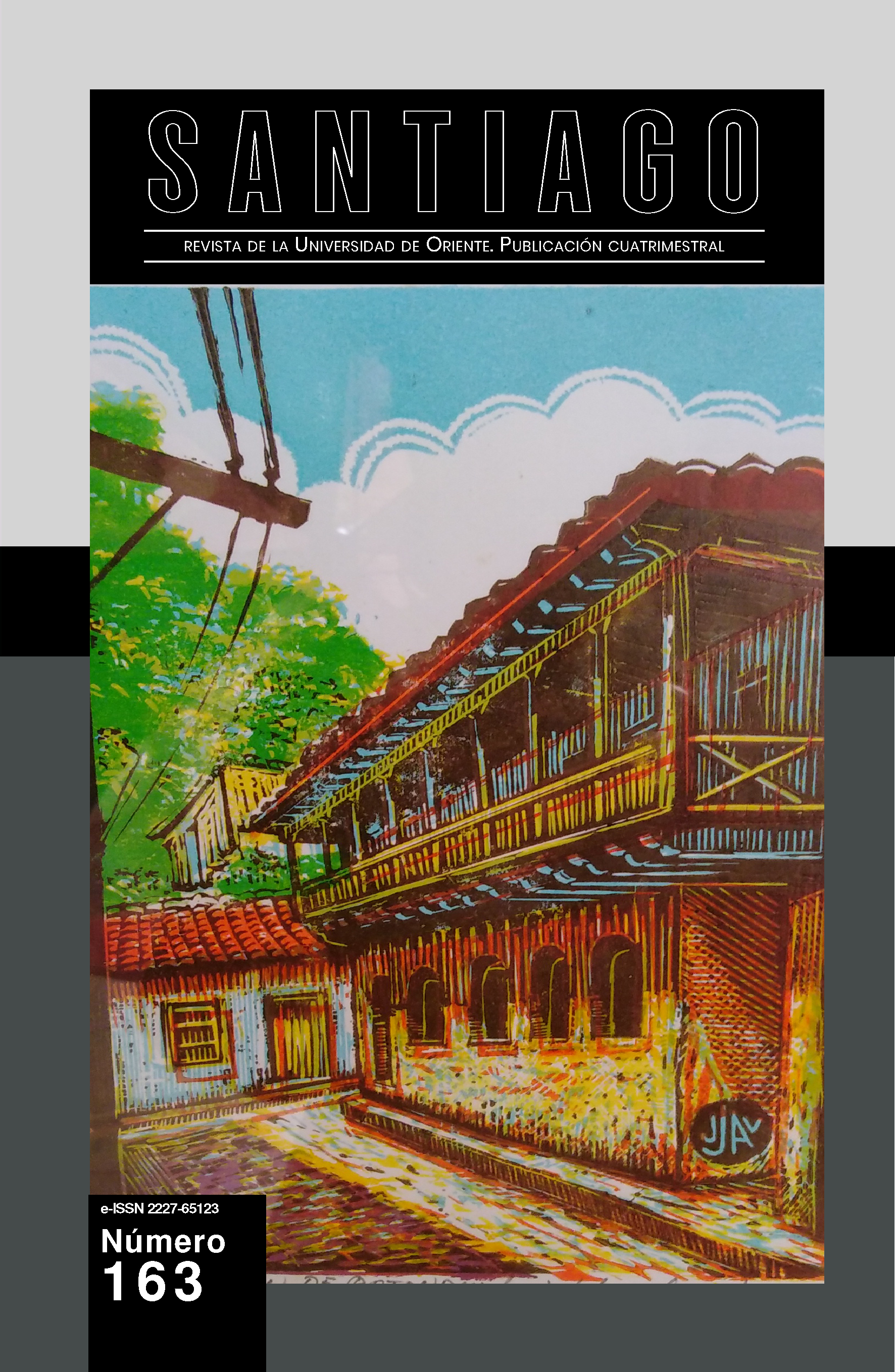The teaching-learning of foreign languages and their correlation with the age factor from the university of the west indies
Keywords:
didactic improvement, relational perspective, academic dynamics.Abstract
The teaching-learning process of foreign languages in the field of foreign language education in Jamaica, especially at the University of the West Indies undergoes processes of didactic improvement aimed at transforming the methodological approaches adopted by teachers of foreign languages. In this context, the article offers, from a relational standpoint, insights into how foreign language instruction intersects with learners' age within the methodological framework. This ensures that the aforementioned process not only stems from cognitive and intellectual development but also acknowledges the experiential and cultural elements that enhance learning. Work with processes of motivation, construction, systematization, and generalization of linguistic content constitutes dynamics that mobilize and transform the process's object of study. The methods of analysis-synthesis and modeling configure critical and creative thinking for the academic transformation of the directions of methodological work that is modeled.
References
Álvarez M, M., Pérez C, G., y Suárez R, L. M. (2017). La enseñanza de Lenguas Extranjeras: corrientes psicológicas y factores que interfieren en la Escuela Secundaria cubana. Revista Conrado, 13(57), 48-57 http://conrado.ucf.edu.cu/index.php/conrado
Barnett, N., & Henry, A. (2020). Foreign Language Acquisition: The Teaching/Learning of Spanish in the Jamaican Context. The UWI Quality Education Forum, 24, 197-214. https://journals.sta.uwi.edu/ojs/index.php/qef/article/view/7834/6870
Barriel G, M. T. et al. (2017). La enseñanza y aprendizaje del vocabulario en las clases de español como lengua extranjera en situación de inmersión sociocultural. Revista Santiago, n. Especial, 137-149. https://santiago.uo.edu.cu/index.php/stgo/article/view/2583
Burt, M., Dulay, H., & Krashen, S. (1982). Language Two. Oxford University Press. DOI:10.2307/327086
Rodríguez C, C. (s,f) El español en Jamaica.
https://cvc.cervantes.es/lengua/anuario/anuario_06-07/pdf/paises_38.pdf
Curtain, H., & Dahlberg, C. (2004). Languages and children. Making the Match New Languages for Young Learners. https://learningally.org/bookdetails/bookid/jy961
Driscoll, P. & Frost, D. (1999). The Teaching of Modern Foreign Languages in the Primary School. 1-237. https://books.google.com.cu/books/about/The_Teaching_of_Modern_Foreign_Languages.html?id=E53q8ouF5IgC
Gass, S. et al. (2013). Second language acquisition. Routledge. https://www.routledge.com/cw/gass
Haas, M. (1998). Early vs late: The practitioner’s perspective. In Myriam Met, ed., Critical issues in early second language learning. Glenview, IL: Scott Foresman Addison-Wesley Publishing Co. https://www.jstor.org/stable/398009
Jedynak, M. (2009). Critical period hypothesis revisited: The impact of age on ultimate attainment in the pronunciation of a foreign language. Peter Lang. https://www.d-nb.de
Kotulak, R. (1997). Inside the brain: Revolutionary discoveries of how the mind works. Andrews and McMeel Publishing.
Krashen, S. (2002). Second language acquisition and second language learning. Pergamon Press Inc. https://www.sdkrashen.com/content/books/sl_acquisition_and_learning.pdf
Lenneberg, E. H. (1967). Biological foundations of language. Hospital Practice 2(12), 59-67. https://doi.org/10.1080/21548331.1967.11707799
Lightbown, P., & Spada, N. (2006). How languages are learned. Oxford University Press. https://www.academia.edu/82153735/How_Languages_Are_Learned_3rd_edition
Pellón et al. (2014). Psicología del aprendizaje. Universidad Nacional de Educación a Distancia.
http://biblioteca.univalle.edu.ni/files/original/12fe3fb5888158931515d6ea2138d80313bafcdf.pdf
Revollar C, L. S. et al. (2022). Habilidades comunicativas mediante la interacción en entornos virtuales de aprendizaje en niños de edad preescolar. Revista Santiago, 159, 187-202. https://santiago.uo.edu.cu/index.php/stgo/article/view/5557/4957
Rivers, W. (1981). Teaching foreign language skills (2nd ed.). University of Chicago Press, https://www.jstor.org/stable/44487268
Ruiz Calatrava, M. C. (2009). El aprendizaje de una lengua extranjera a distintas edades [en línea]. Espiral. Cuadernos del Profesorado, 2(3), 98-103, https://www.cepcuevasolula.es/espiral
Saville-Troike, M. (2012). Introducing second language acquisition. Cambridge University Press. https://doi.org/10.1017/CBO9780511888830
Stern, H. H., (1967). Foreign languages in primary education: the teaching of foreign or second languages to younger children. Oxford University Press.
https://unesdoc.unesco.org/ark:/48223/pf0000131496
Zapata, F. y Rondán, V. (2016). La Investigación Acción Participativa: Guía conceptual y metodológica del Instituto de Montaña. Instituto de Montaña, Conservación, Cultura, Comunidad. https://mountain.pe/recursos/attachments/article/168/Investigacion-Accion-Participativa-IAP-Zapata-y-Rondan.pdf
Downloads
Published
Issue
Section
License
Copyright (c) 2024 Nadine Barnett

This work is licensed under a Creative Commons Attribution-NonCommercial-NoDerivatives 4.0 International License.
CC Reconocimiento-NoComercial-SinObrasDerivadas 4.0


.jpg)

_de_logo.jpg)












